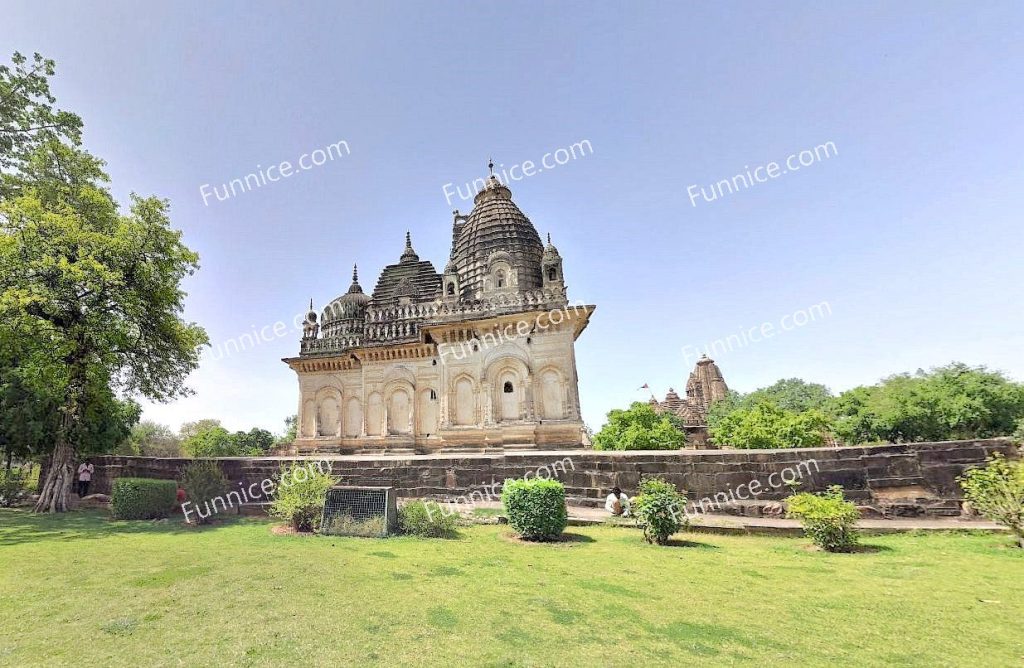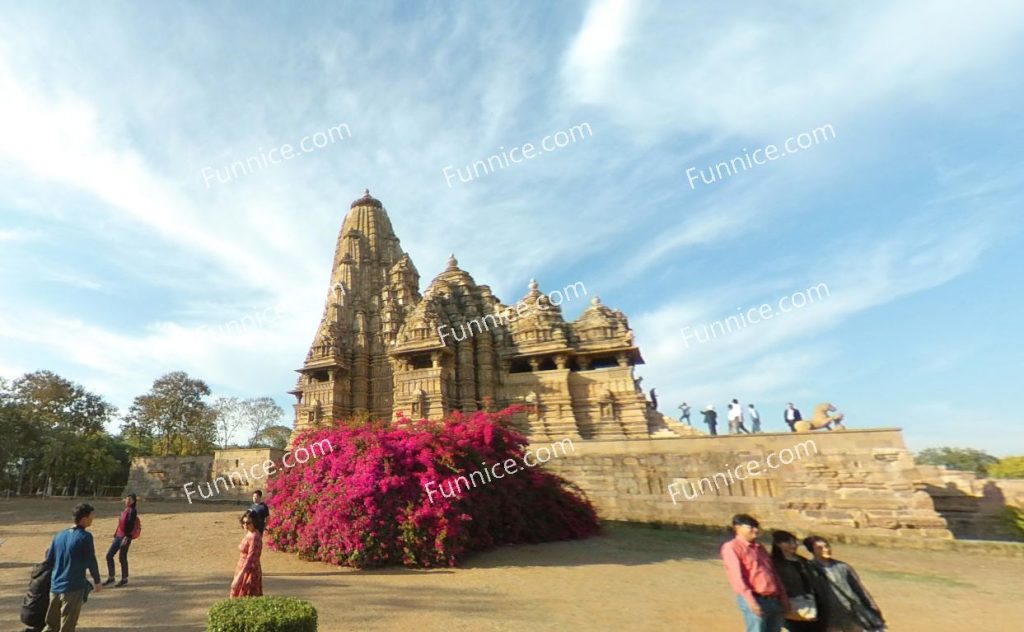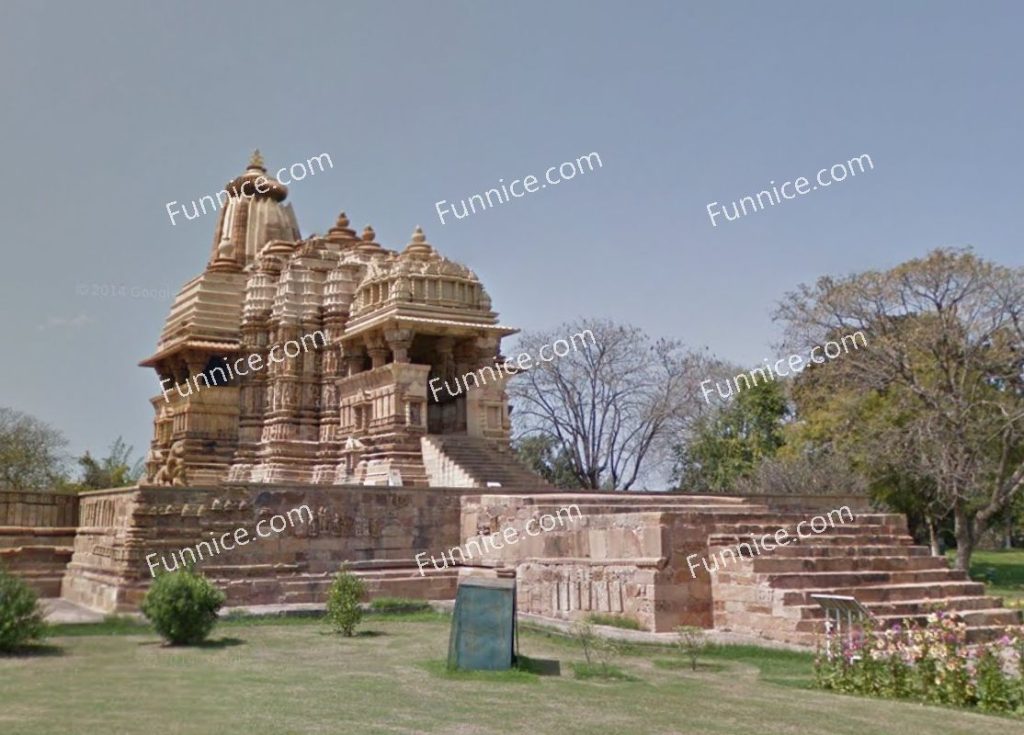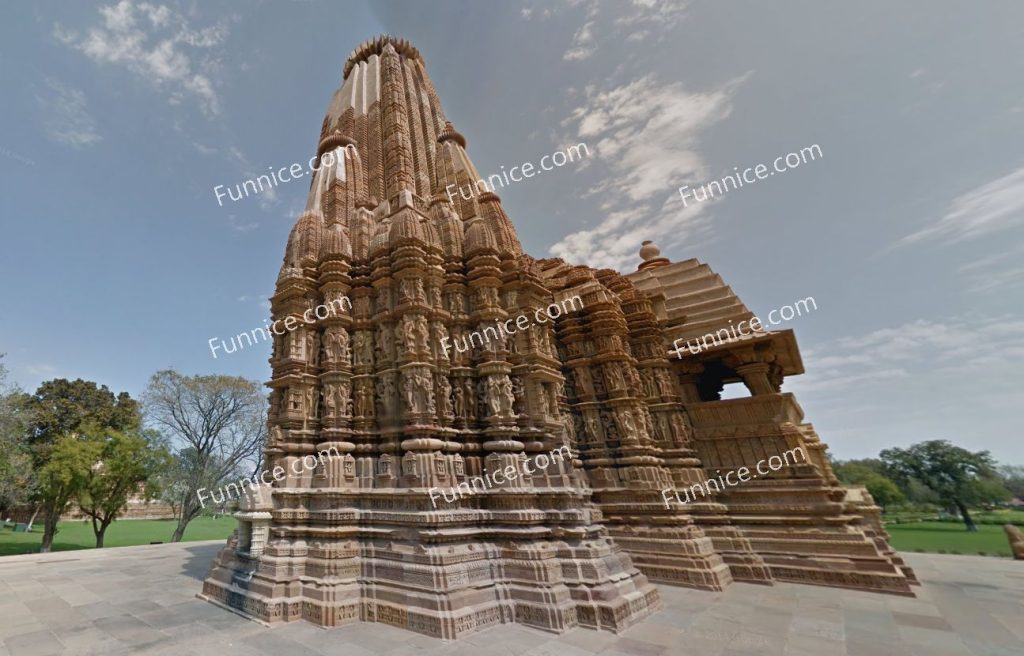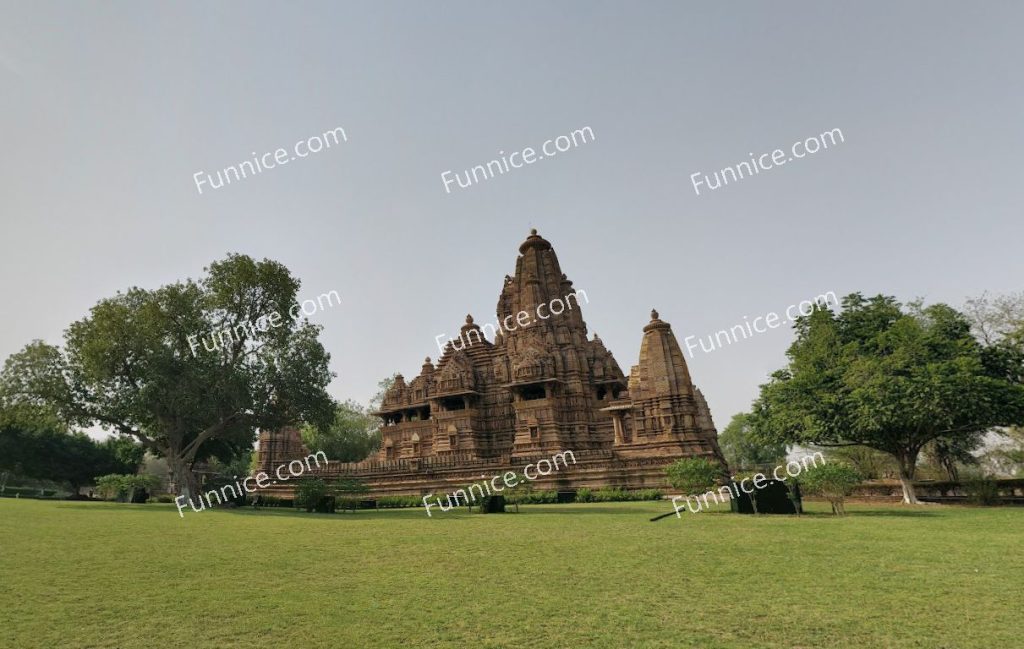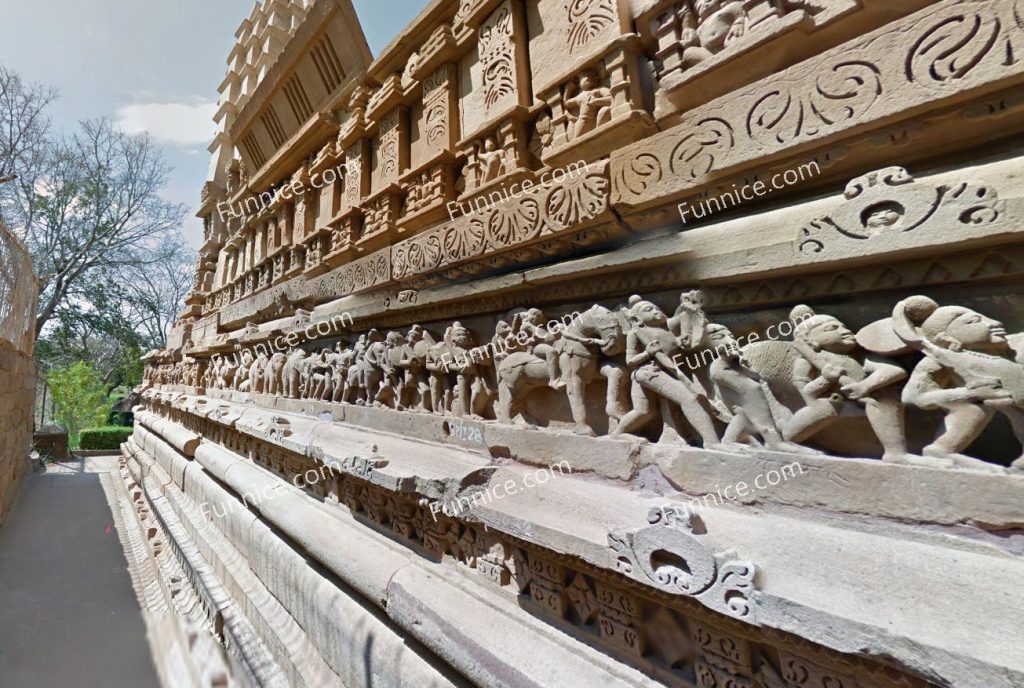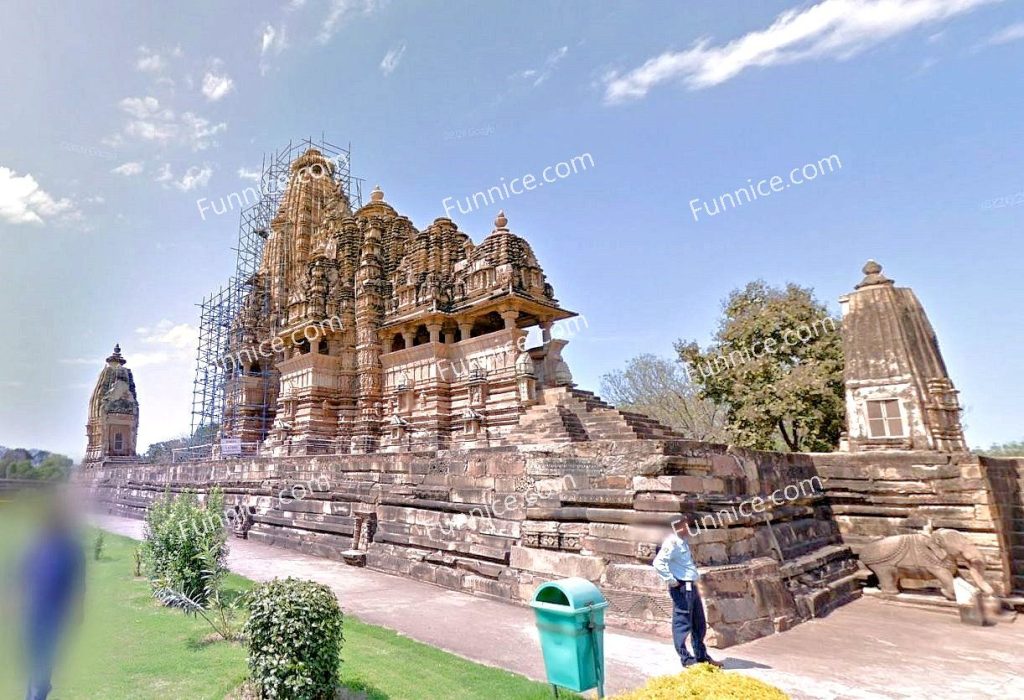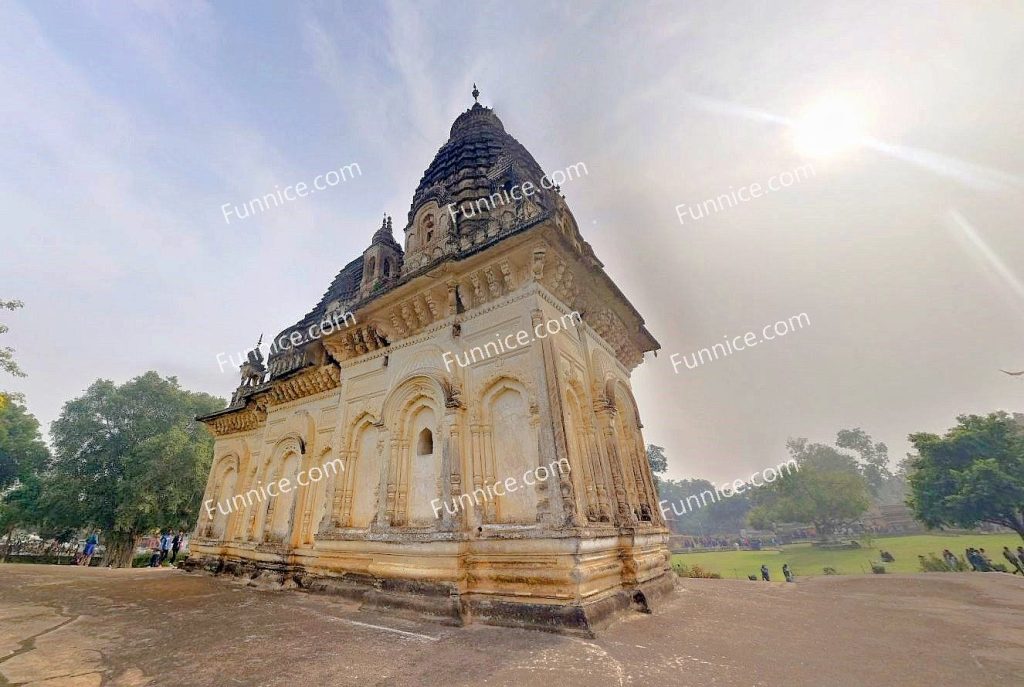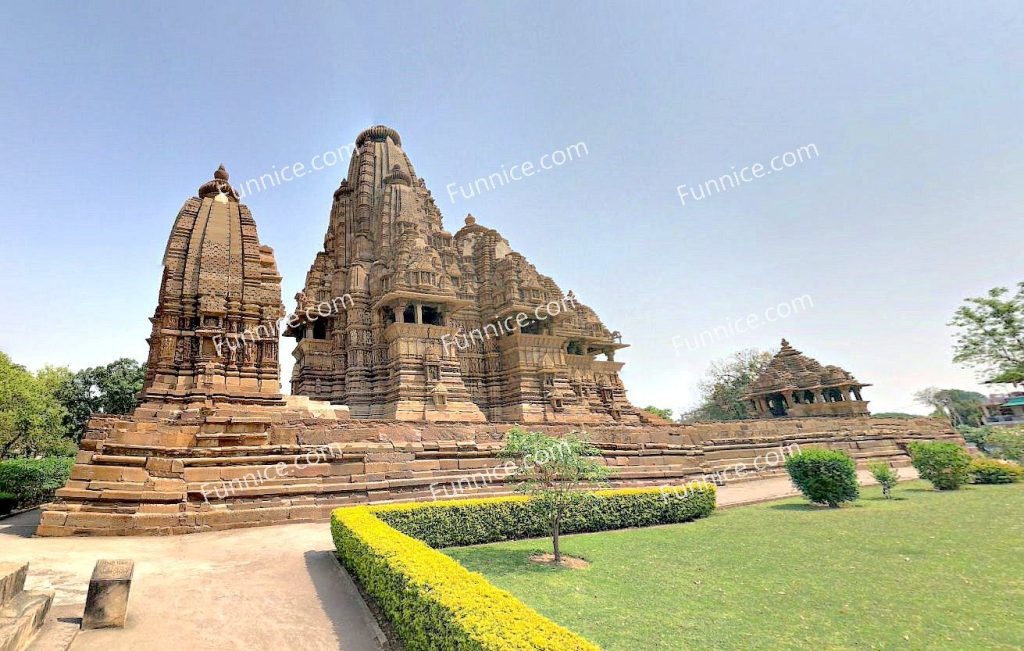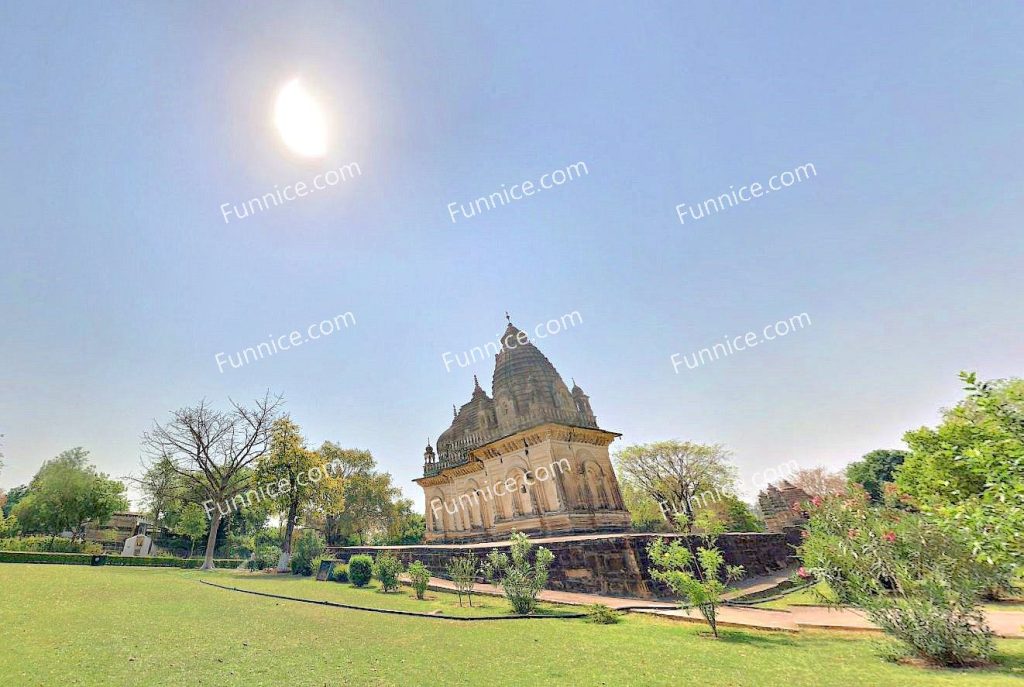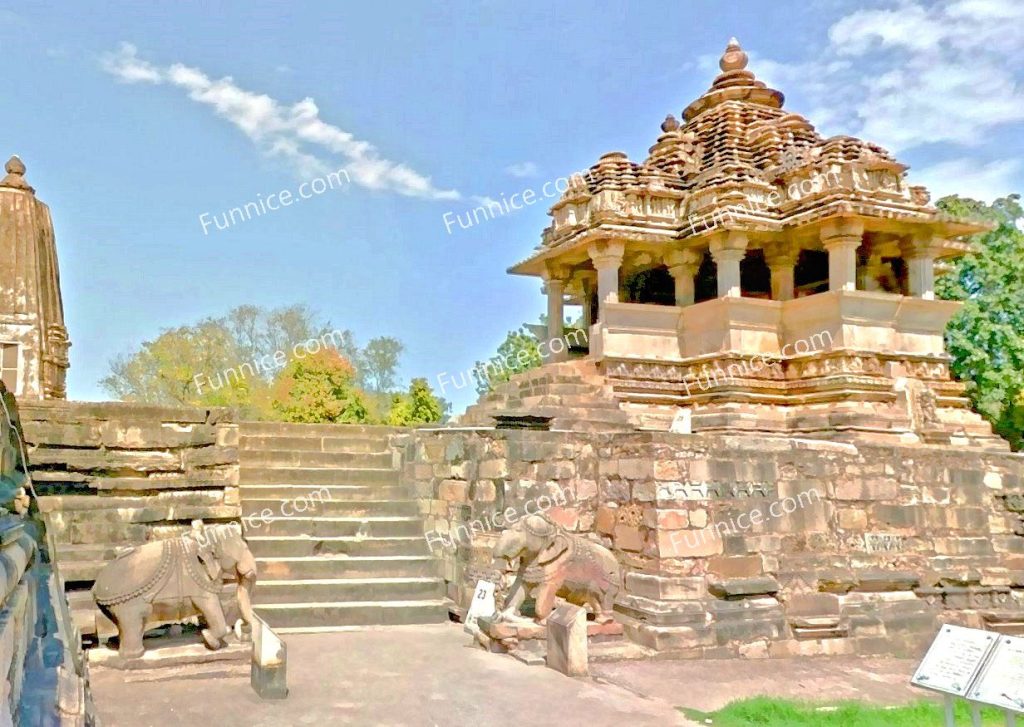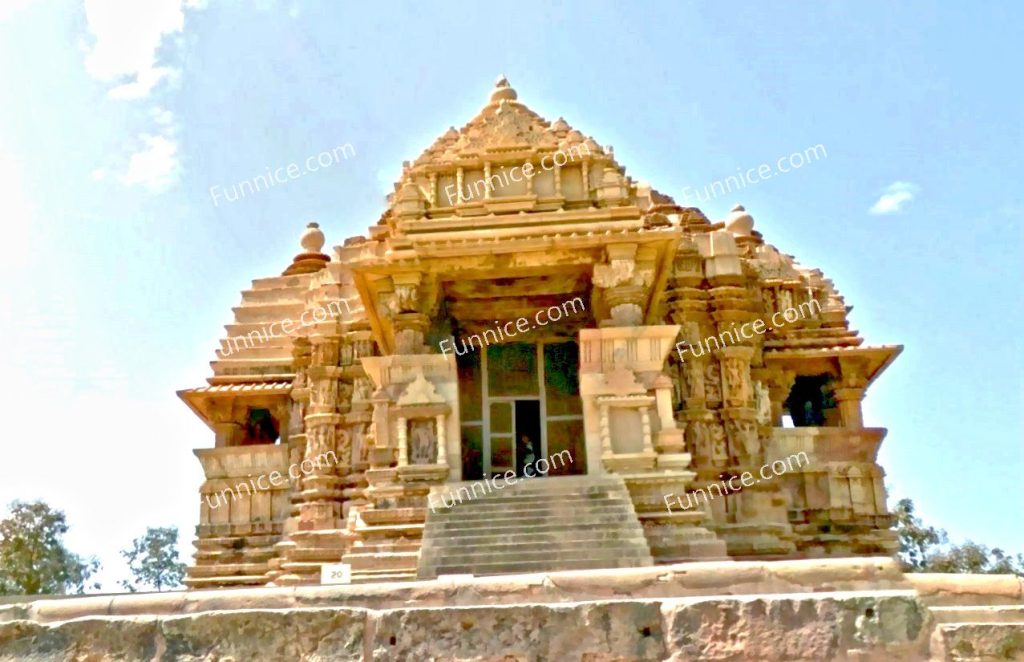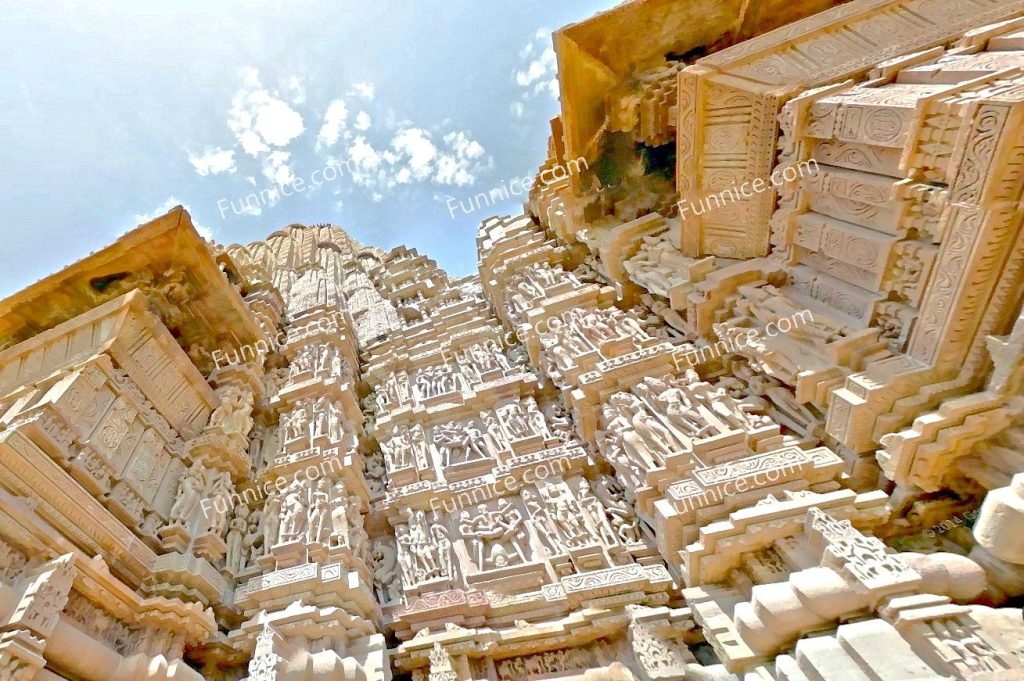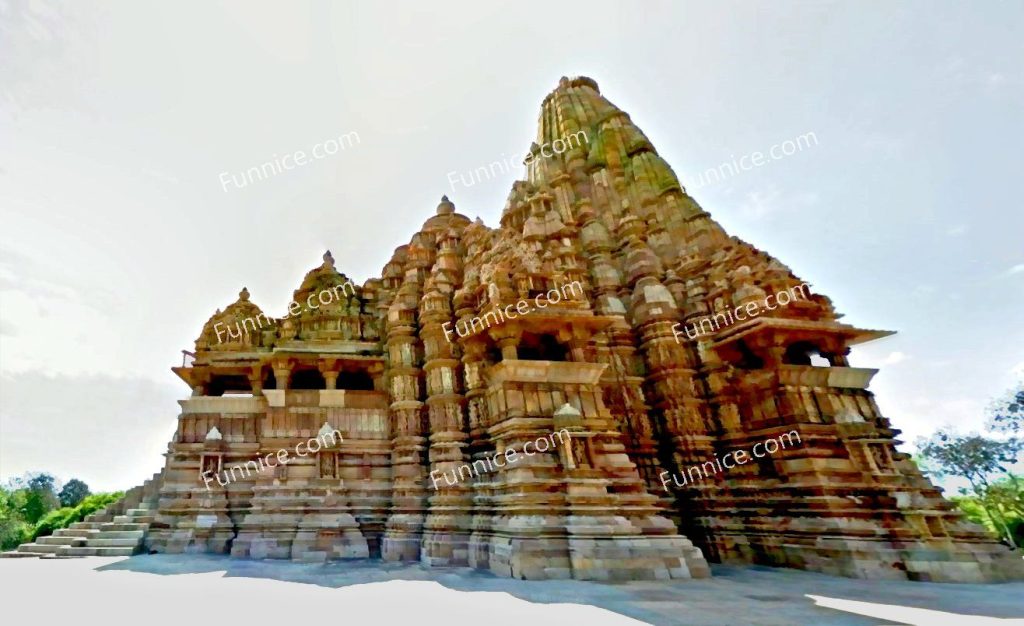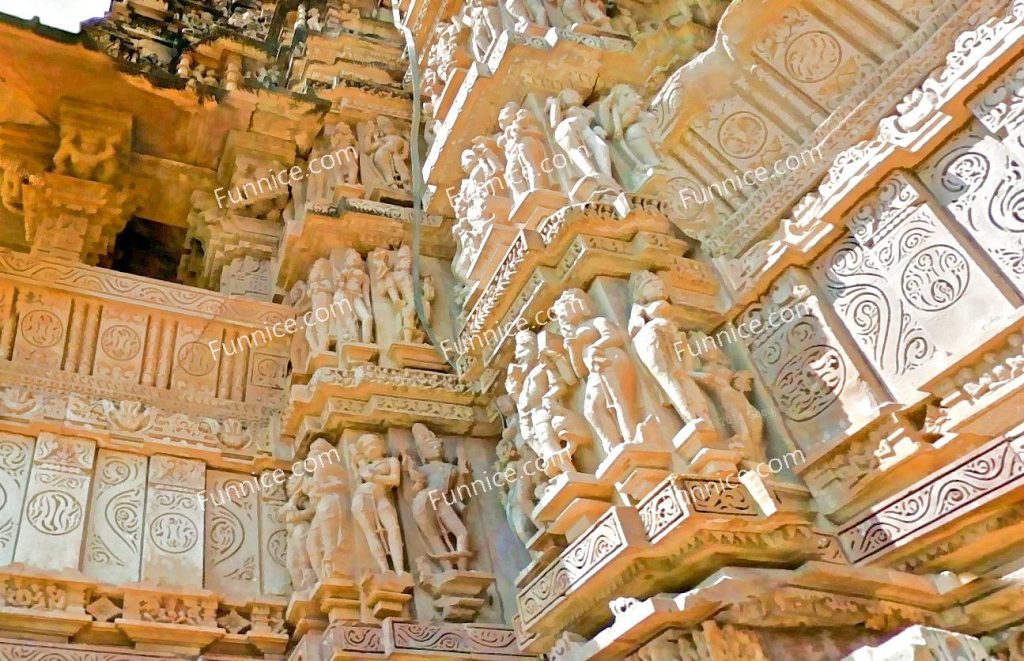The Khajuraho Group of Monuments, located in Chhatarpur, Madhya Pradesh, is one of India’s most renowned archaeological sites. Designated as a UNESCO World Heritage Site in 1986, Khajuraho is famous for its exquisite temples, adorned with intricate sculptures that depict various aspects of life, devotion, and sensuality. These temples, built between 950 and 1050 AD during the Chandella dynasty, represent an extraordinary blend of artistic expression and religious significance.
The Chandella rulers, a branch of the Rajput clan, established their capital in Khajuraho and initiated the construction of these magnificent temples. Originally, there were about 85 temples spread over an area of 21 square kilometers, but due to invasions and natural decay, only around 25 remain today. The temples were largely forgotten until 1838, when they were rediscovered by British engineer T.S. Burt while exploring the dense forests of central India.
Built from hard river sandstone, the Khajuraho temples are masterpieces of Nagara-style architecture. The structures are divided into three zones: the Western, Eastern, and Southern temple groups. The Western group is the largest and most famous, featuring the Kandariya Mahadev Temple dedicated to Lord Shiva. This temple, with its towering 31-meter-high spire, is adorned with nearly a thousand detailed carvings, showcasing themes ranging from divine deities to celestial nymphs and amorous couples.
The temples of Khajuraho are often associated with erotic sculptures, but their significance extends beyond mere sensuality. According to Hindu philosophy, life is guided by four principles: Dharma (righteousness), Artha (prosperity), Kama (desire), and Moksha (liberation). The depiction of Kama (love and sensual pleasure) in these sculptures aligns with this holistic approach to life. The famous ancient Sanskrit text, the Kama Sutra, written by Vatsyayana around the 3rd or 4th century AD, also reflects similar ideas, portraying intimacy as an essential part of human experience.
With the decline of the Chandella dynasty in the 14th century and the subsequent Muslim invasions, many of these temples suffered destruction. However, their remote location in dense forests protected them from complete annihilation. It was only in the 19th century that their beauty and historical significance were brought back to light.
Today, Khajuraho is one of India’s most visited tourist destinations, attracting travelers and scholars from around the world. The site is well-connected with an airport and railway services from Delhi, ensuring accessibility for visitors. The temples continue to be a source of fascination, not only for their architectural brilliance but also for their depiction of human emotions, spiritual devotion, and artistic excellence.
Every year, from late February to early March, the Khajuraho Dance Festival is held in the temple complex. This event showcases India’s classical dance forms, bringing together talented performers who celebrate the nation’s rich cultural heritage against the breathtaking backdrop of these historic temples.
The Khajuraho temples stand as a testament to India’s vibrant history, artistic mastery, and cultural depth. Their intricate carvings and timeless beauty continue to inspire admiration, making them a must-visit destination for those exploring India’s ancient wonders.
